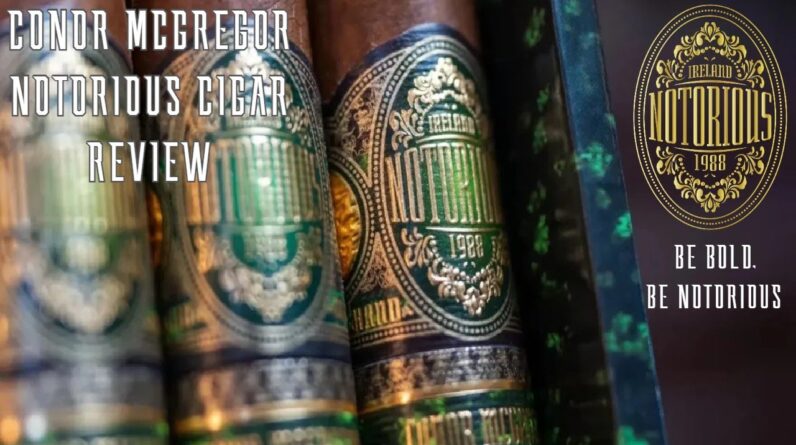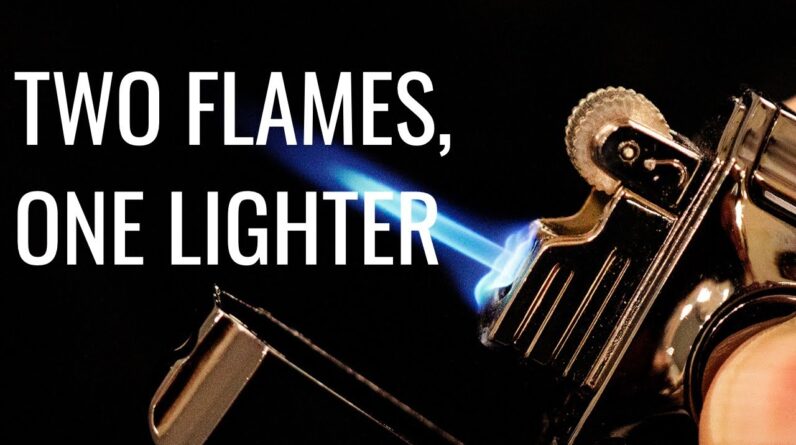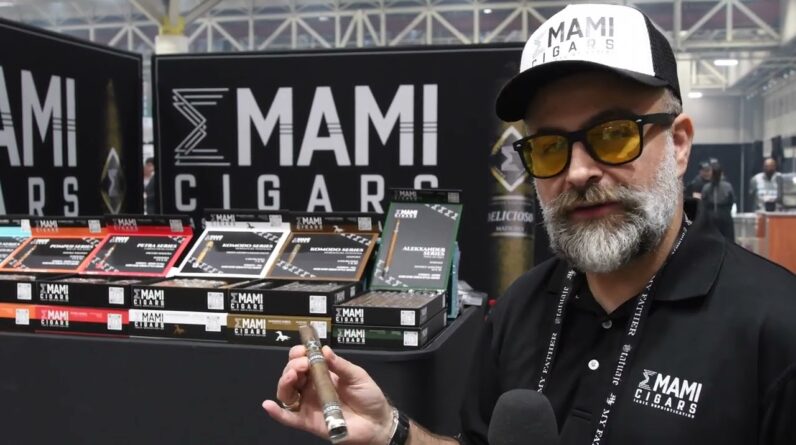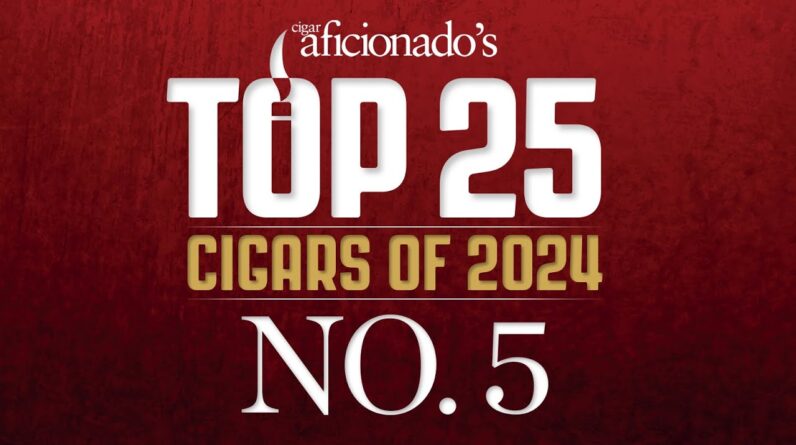You are about to buy some cigars from a large online retailer and you see an offer to add a 50-cent v-cutter to your cart. Yes, a v-cutter for 50 cents. How bad could it be?
G-g-g-un-ot great.
////////
Twitter –
Facebook –
Instagram –

How Cigars Are Made
Cigars are a sophisticated, hand-rolled product of one thing and only one thing: tobacco. There are no chemicals involved in their creation, and nothing is artificially added for flavor. Rather, the tobacco is grown, fermented and aged for taste, texture and aroma. Buzzwords like “natural” and “artisanal” are often bandied about as marketing tactics, but a high-quality cigar is indeed an artful craft made of pristine leaves and natural elements.
The most important element of a cigar is its wrapper, which is the outermost leaf that protects the inner filler and binder leaves during fermentation. A pristine leaf with good color and an elastic feel is most desirable, and it must have a certain amount of oil to hold together. A sloppy wrapper will not perform well during smoking, and the resulting flavors can be harsh or unpleasant.
After the fermentation process is complete, the tobacco is aged to further polish and mature the flavors, to remove any undesirable characteristics like bitterness or sourness. This aging also helps to bring out the fullness of the tobacco’s flavor. A fully aged cigar will smell and taste mellow and nuanced, not grassy or vegetal.
The size, or ring gauge, of the cigar is another major factor in its overall performance. A larger ring gauge, which is measured by the diameter of the cigar, allows for a more complex blend of tobaccos that will create a fuller, richer flavor than a thinner ring. For beginner cigar smokers, we recommend starting out with a lighter or medium-bodied cigar to get accustomed to the experience.






